Best Practices for Online Portfolios
If a picture is worth a thousand words, an online portfolio is worth a thousand resumes.
Whether you're a graphic designer, web designer, photographer or any type of artist, you absolutely need to have an online portfolio. It's a great way to display your work and demonstrate your skill set to potential clients. You're more likely to get work when people can see what you can do. It's also great to have a portfolio online because people can find you with a simple Google search.
Unfortunately, a lot of designers have portfolios. Your portfolio must stand out and be unique to you. Here are the best practices that you should keep in mind when you create your online portfolio.
Let the Work Stand Out
Your work is the most important feature of your portfolio. The website just happens to be the platform that contains it. Make sure that the work stands out, not the website.
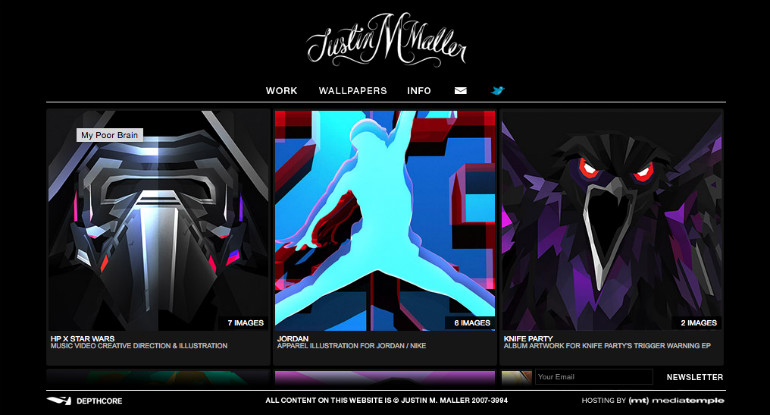
When it comes to your website, the simpler the better. Justin Maller's website has a black background with a white logo. It doesn't get simpler than that. The simplicity of his website makes his work stand out.
The colors in his work, especially the blue in his Jordan logo, pop out against the black background. When you look at Maller's portfolio your eyes are immediately drawn to his designs.
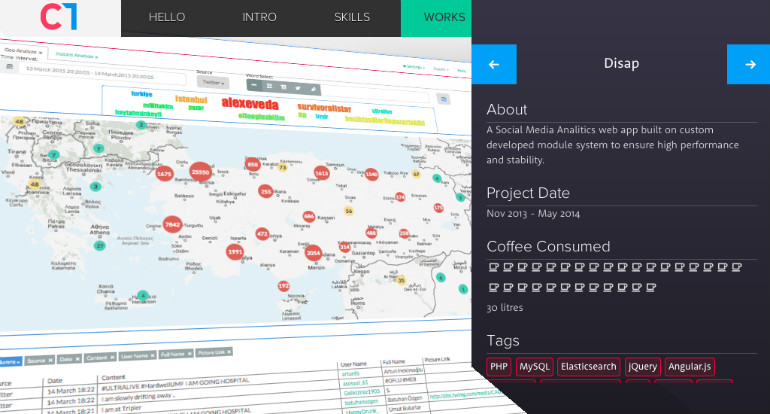
There are other ways to make your work stand out. Web designer Cihad Turhan displays his work by making it 3D. Turhan's design rotates as you move your cursor. This immediately draws your attention to the design. Turhan's portfolio stands out because it's interactive.
Create Categories
If someone is visiting your website, chances are strong that they're looking for something specific. They want to see if you are capable of performing a certain task at a high level. They're also looking to see what your specialties are. Create categories in your portfolio to classify your work in an organized manner, like Mark DeLong does in his portfolio:
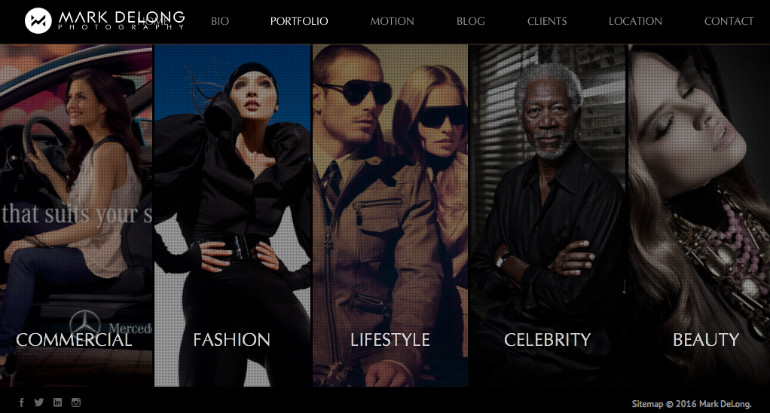
Mark Delong has a lot of great content in his portfolio. Delong separates these photos in different categories to show employers the difference between each type of picture. A lifestyle picture might be shot differently than a commercial photo. The categories are specific, so potential employers can easily find what they're looking for. An executive at a beauty magazine, for example, can easily find content they want.
Consistent Theme
Although the designs on your portfolio can be different, you should create a consistent theme to present each design. You have a lot of work that you want to show off. If you don't organize it then your website will look like a mess, and this will turn off a lot of clients. Establish a pattern that keeps everything organized and appealing.
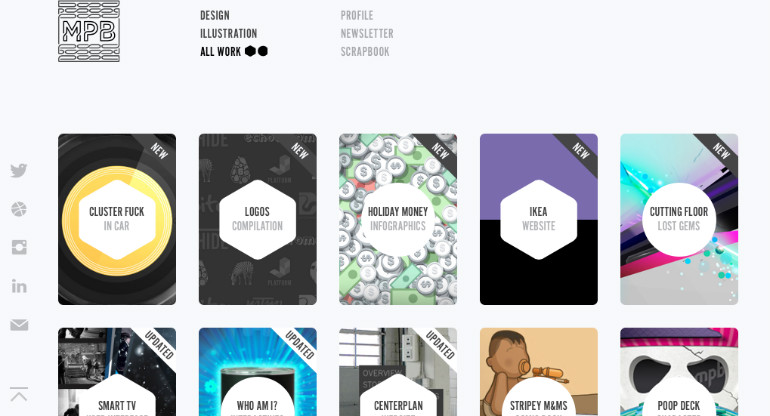
When you go to My Poor Brain's portfolio, you'll notice many different categories. However, everything follows the same pattern of rectangle images with rounded corners: It's organized. You can easily navigate down the page and distinguish one design from the next.
Share the Backstory
A key aspect to design is the ability to tell a story. This is essential to most clients, so you want to make sure the designs in your portfolio tell a story.
Although the design itself should tell the story, it might be out of context on your website. For each design you should give the backstory. Why did you create the design? Who was the design for? What was your inspiration? How successful was the design? These are all questions that you should answer in the description for each design.
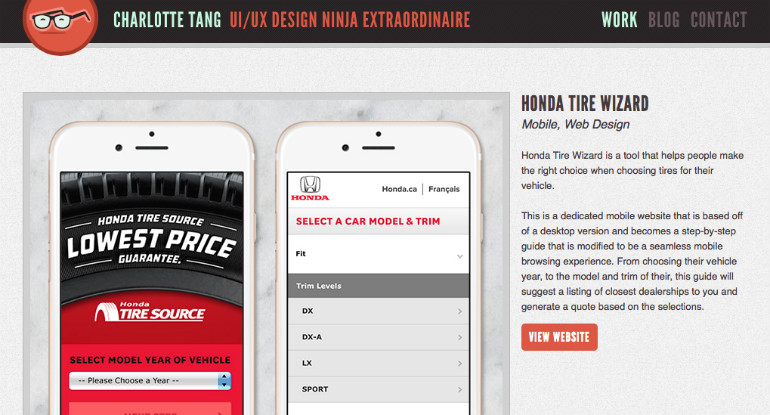
Not only does Charlotte Tang have a great-looking website, but she gives an informative description with each design. They include a link to the website so you can see what it looks like. You can also get a feel for the user experience. These are all things that clients want to see before they hire you.
Typography
Crisp typography will pop out on your website. It shows your taste in design and adds a unique element to your portfolio. Typography is an art form all by itself.
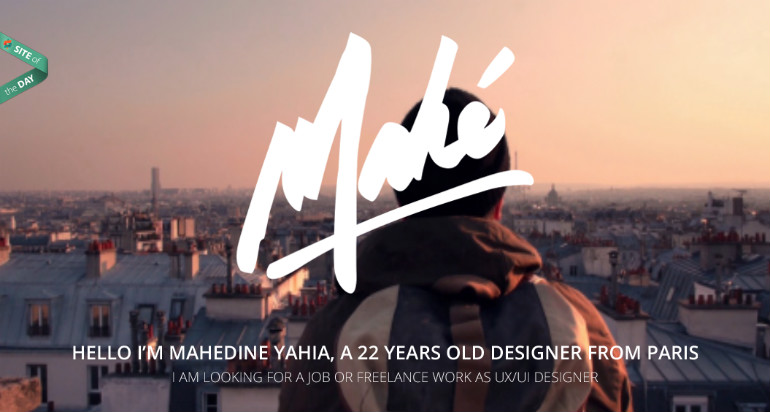
The typography that you choose is an extension of the work that you're displaying on your website. In the example above, Mahedine's logo is bold, sophisticated and elegant. These are all personality traits that he wants to communicate to clients.
The rest of his portfolio matches the tone that he sets with his logo and font. Create a logo that tells potential employers what kind of person you are, because your personality is as much of a selling point as your work.
Your Portfolio Is Your Art
Your portfolio should be an extension of your creativity. Follow these best practices and make your portfolio unique to your personality and work!
About the author
Copyright © . All Rights Reserved
